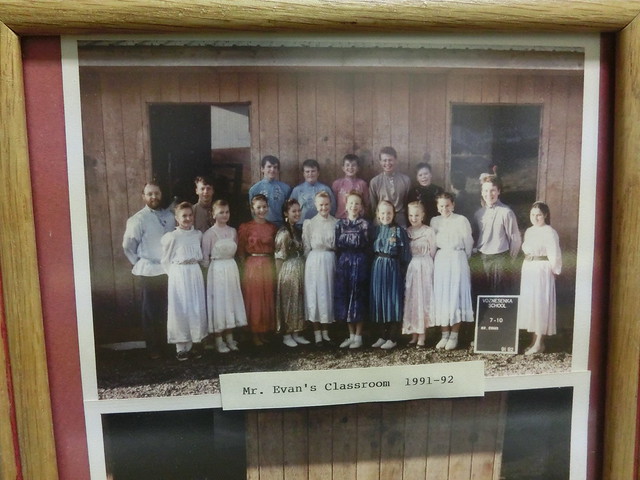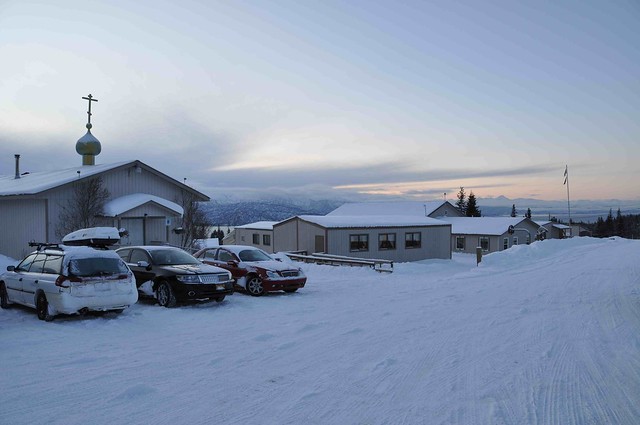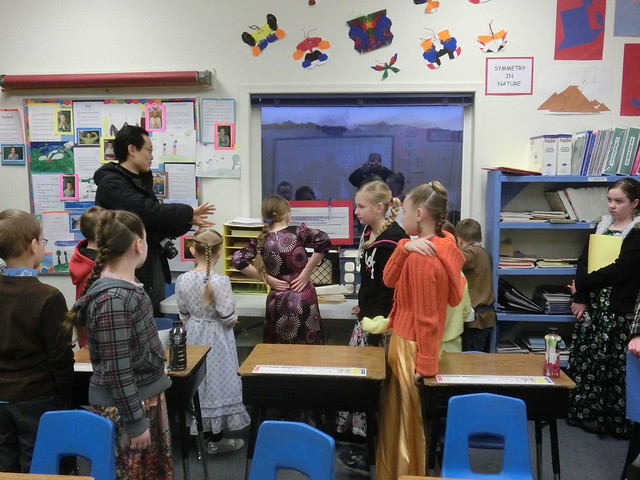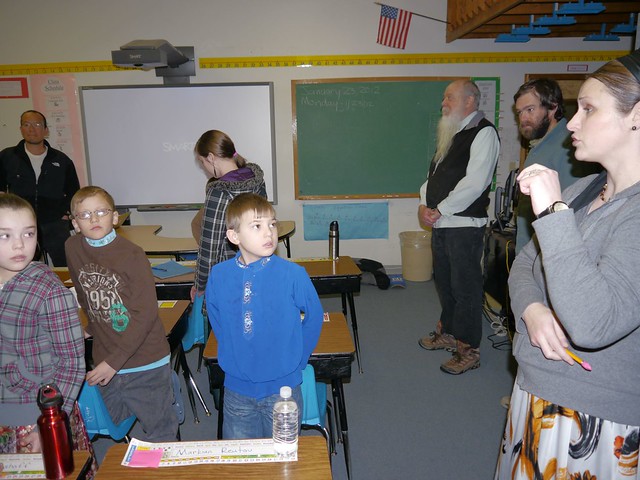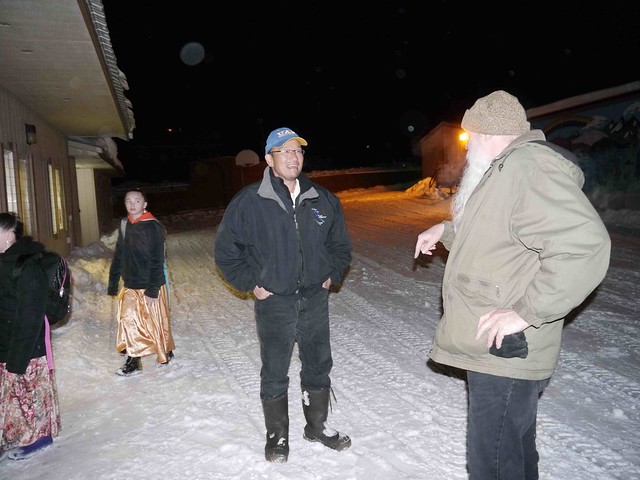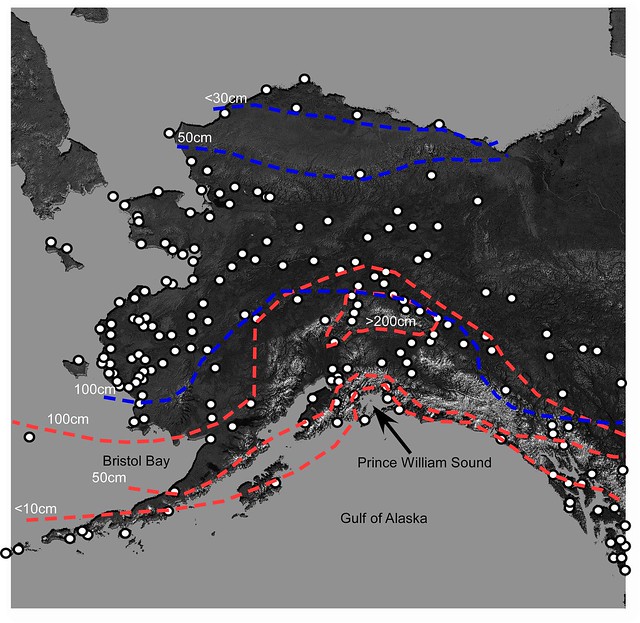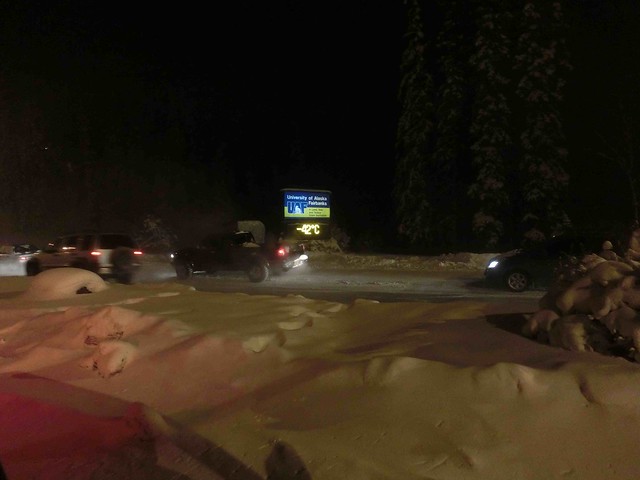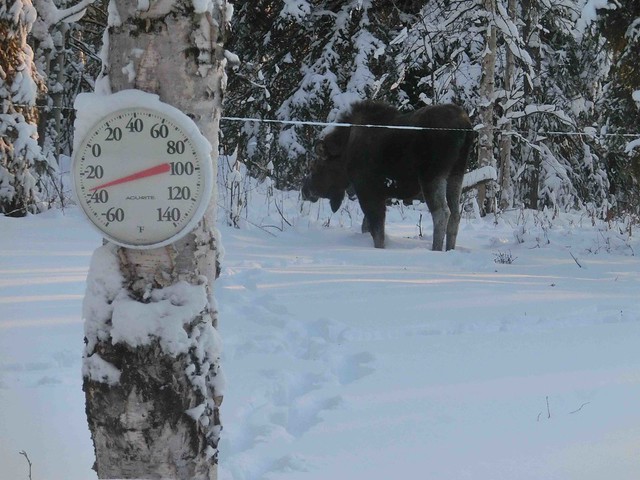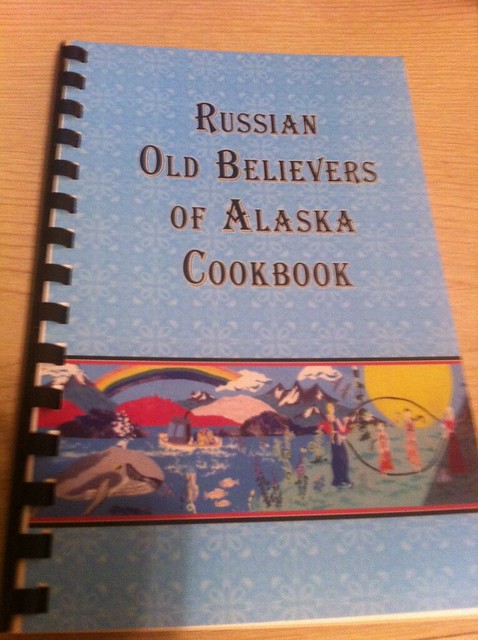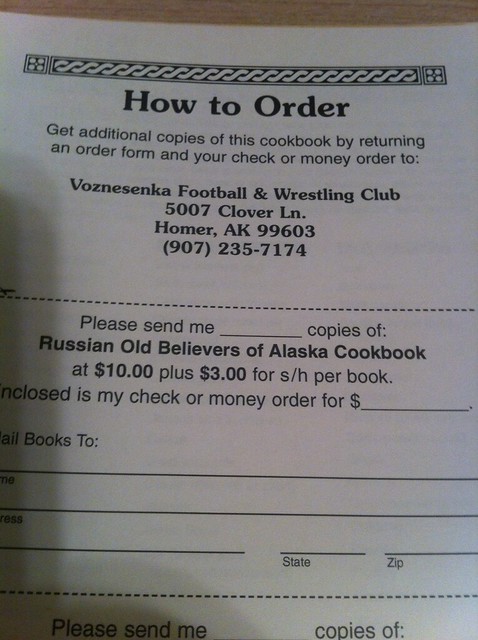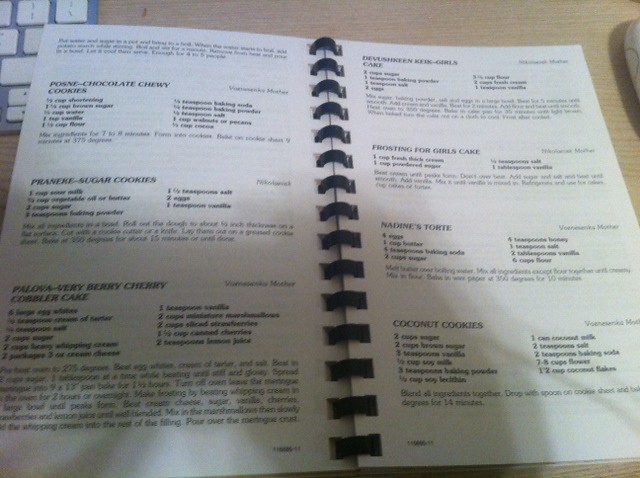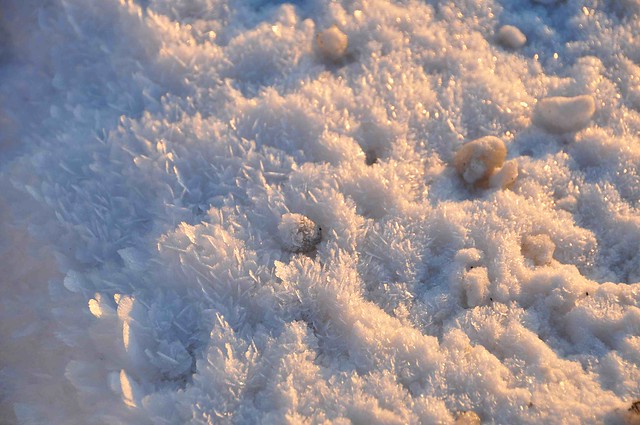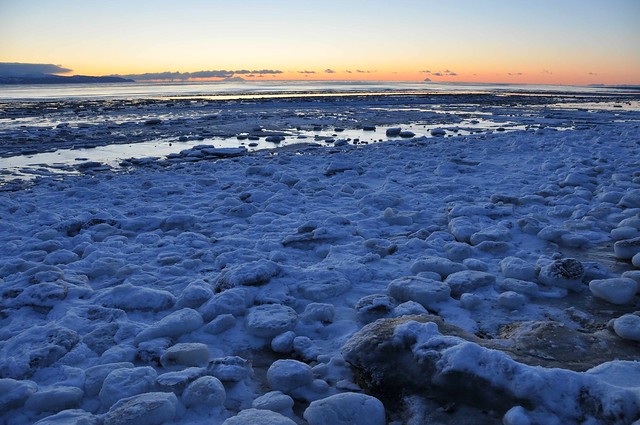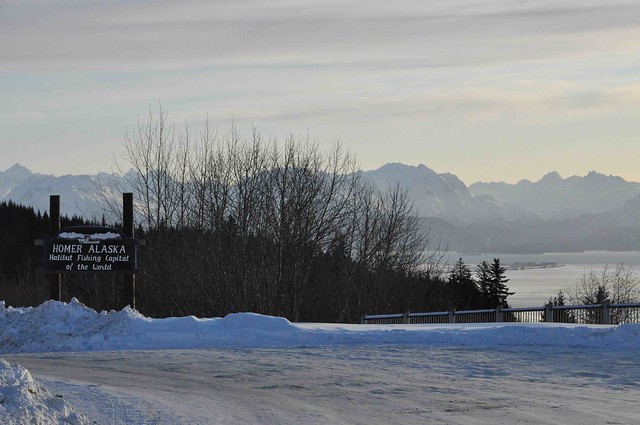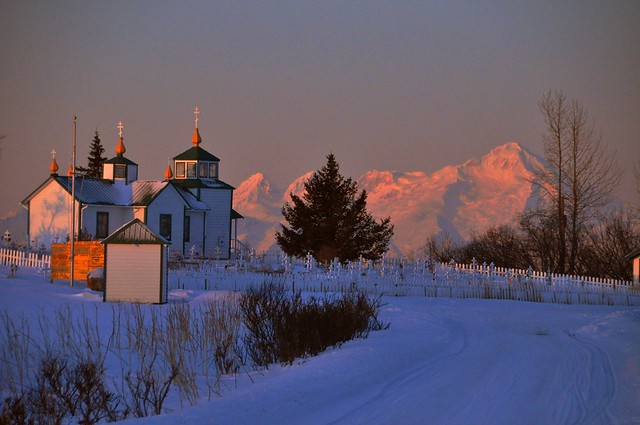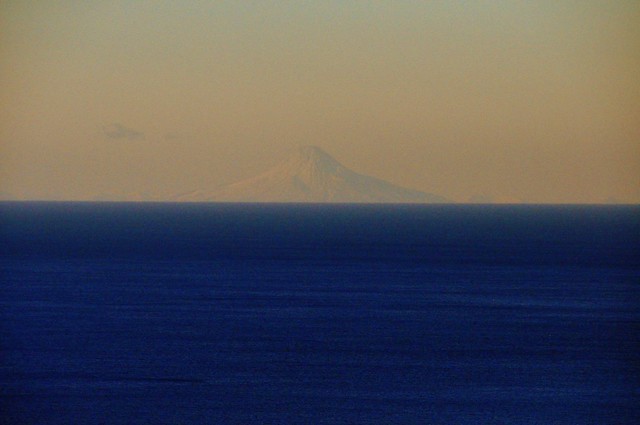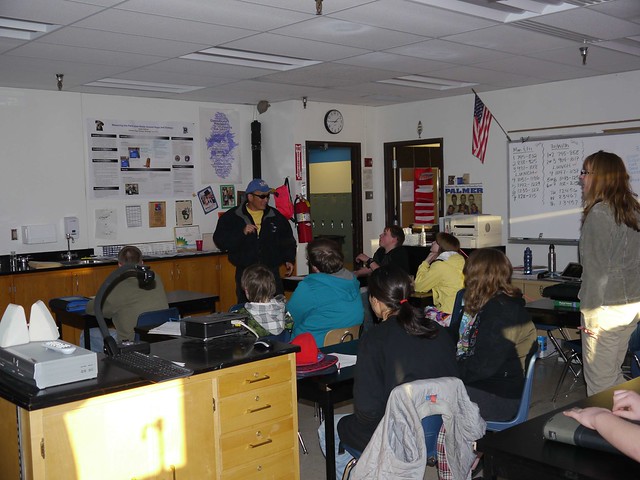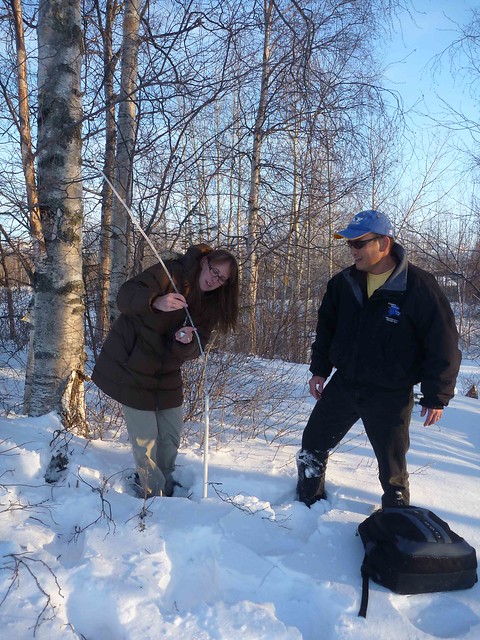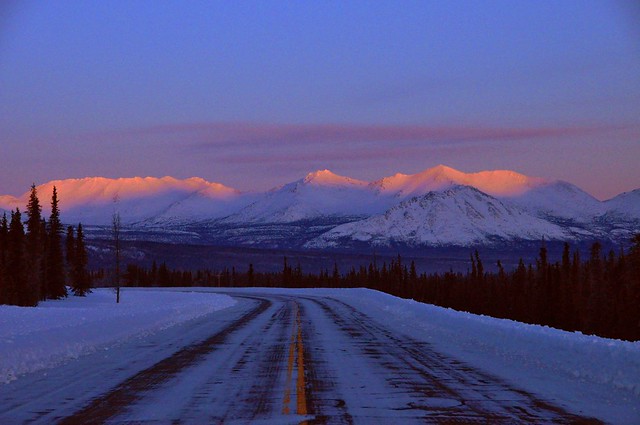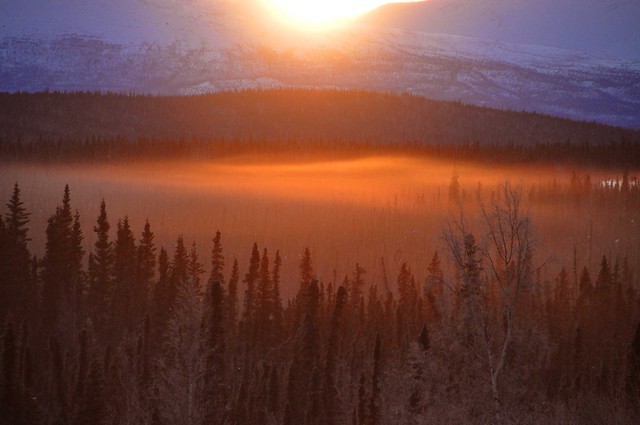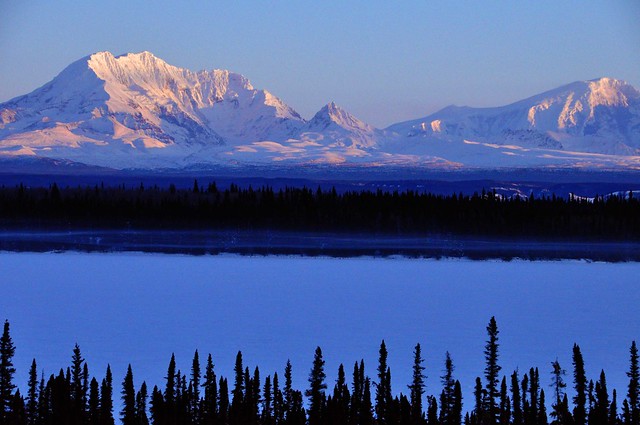We visit and installed frost tube very interesting community about 25 miles east of Homer, Voznesenka is one of several villages where Russian is the default language and the residents, members of the Old Believers branch of the Russian Orthodox Church, still dress as if they were in Siberia in the 1700s. The Old Believers split from the church in the 17th century when Patriarch Nikon ordered a number of reforms to Russian Orthodoxy. Many left Russia or moved to the Siberian taiga where they could pass the old rites down to their children in peace. But the Bolshevik Revolution of 1917 forced many of the remaining Old Believers out of Russia for good, as the Soviets tried to destroy the old religion and the collective farms threatened their livelihood. The name the “Voznesenka” in Russian means Ascension (вознестись, voznestis’ – to ascend) referring to the holiday of The Ascension. The village is situated on a bluff over Kachemak Bay, and is the end of the maintained road system on the western Kenai Peninsula. A switchback trail leads about 1,000 feet (300 m) down to the beach; it can be traveled by foot or 4-wheel drive vehicle except at the highest tides to reach the neighboring village of Kachemak Selo an almost hidden village. This was not joke! I scared driving all the time! There are more than 40 families living in Voznesenka. There is also a community church and a public school in the village. In 2009 the Mile 17 fire threatened the village (Wikipedia).
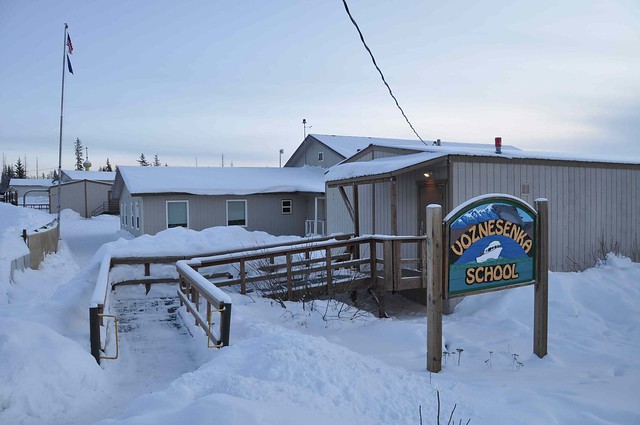
About 300 Old Believers left Siberia in 1945 to take up residence in Manchuria, China. When that country fell to communism, the group sought a new home. Several South American countries took in the Old Believers. In Brazil, the government did not interfere with their religion, but many of the families found it difficult to make a living. Next, they came to the United States, establishing themselves primarily in Woodburn, located in Oregon’s Willamette Valley in the early 1960s. One of them discovered that government land was available in the Kenai Peninsula area of Alaska, where the fishing was reputed to be outstanding. The first Old Believer settlers on the Kenai Peninsula received a grant from the Tolstoy Foundation in New York and purchased 640 acres of land on the peninsula in 1967. (http://www.usgennet.org/usa/ak/state/nikolaevsk.html)
